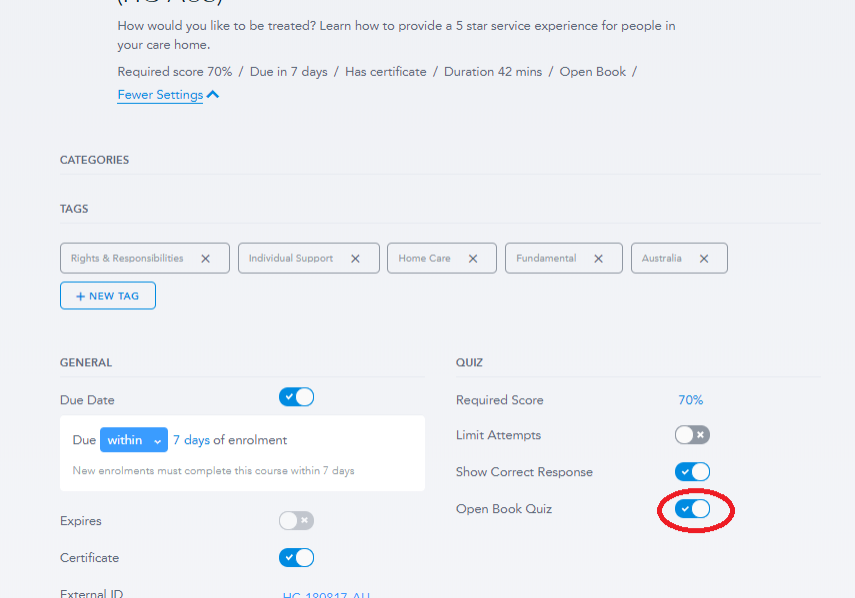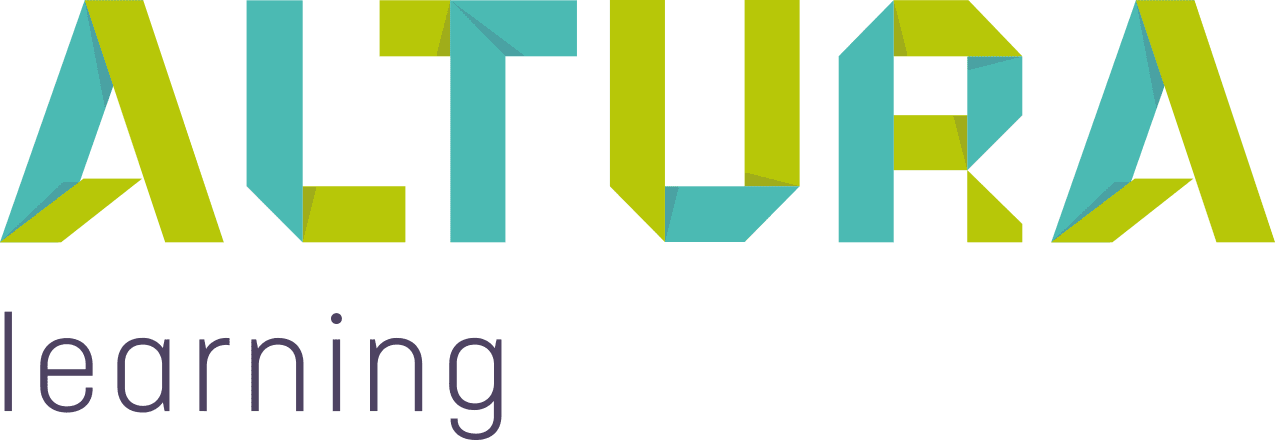Home | Altura Blog |
Essential Assessment:
April 28, 2021 | Altura Blog
Our essential assessment is generally comprised of 15 questions. Usually they are true or false, multiple choice, fill the gap, or if the course allows, sorting/sequencing questions. The questions reflect the content of the video and are designed to ascertain if the learner has understood the content presented in the video.
Where possible, these questions are reflective of the wording in the video so the learner is able to easily identify and recall what they’ve learned. When we create the assessment questions we take into consideration that 22.2% of direct care employees are migrants that speak a language other than English and that the most commonly held qualifications in aged care aligns with the Australian Qualifications Framework Level 3.
Our essential assessment is available as a PDF resource that can be downloaded and printed out for learners or they can complete the questions on Bridge (note: the Bridge Essential Assessment does contain Factoid and Vocab questions that enable randomisation of questions which is also discussed in this newsletter).
Learners can complete the questions as they watch the video or at the end of the video. If you are in a group, you could read out the questions and then have the group discuss the answers. If a staff member has difficulty completing the assessment, you could complete it with them by reading out the questions and recording their answers.
If you utilise Bridge LMS it’s important to check that you have ‘Open Book Quiz’ turned on as it allows learners to move back in the slides and rewatch the video if they would like to review any of the content.
Also, don’t forget in Bridge we have a feature called ‘Bridge Retain’ which will resend learners the essential assessment at planned intervals to aid in embedding learning. For more information on this feature here.
Theory behind the Practice
There are a range of learning theories that come and go from popularity and the more we research the topic we realise that there are many different ways to explain how adults learn and how to best support them.
The purpose of looking to theory is the ‘why’ behind ‘what’ we do and it allows us to contextualise the learner experience to the workplace and provides us with opportunities to understand how to best support our staff.
When we’re discussing the ‘why’ or the purpose of an essential assessment there are several theories that can help to explain its role in the workplace.
When we’re designing or presenting education we always start with scaffolding our training with learning outcomes. We do this as it helps learners understand the individual pieces of learning and how they fit together.
We can use Bloom’s Taxonomy (also known as taxonomies of cognition) to assist us with this. The classification system was originally postulated in 1956 but was revised in 2001 by Anderson and Krathwohl and provides an ordering of cognitive skills. It can be used as a framework in which to develop learning outcomes based on the expected end result of the learning. It also demonstrates to us the journey that the learner must take to build on fundamental learning.
As you can see in the illustration, essential assessment would be classed as ‘remember’ as learners are asked to recall facts and basic concepts. If you want your learners to be able to recall the content and concepts presented in training, then asking them to complete the essential assessment is perfect for your needs.
However if you wanted your staff to be able to apply and analyse individualised clinical care to meet an individual’s chronic health condition, you would need to utilise one of our other assessments within the suite of learning resources provided to demonstrate this.
This approach is also supported by the Kirkpatrick Model (also known as the Kirkpatrick/Kazell Model). There are four levels to this model and the second level of this model is ‘Learning’. The essential assessment assists you with demonstrating that your staff are able to display this level of knowledge. If you wanted to demonstrate a change in behaviour or impact to the organisation, you can utilse one of our other assessments.
So what’s the importance of knowing this? As educators, it’s important to understand what we expect as an outcome of training and if the learner has achieved this outcome. If one of your staff members has completed one of our courses (videos and the essential assessment), you’ll be able to clearly demonstrate that they can recall the content of the course. This is really useful to use as evidence during an inspection/accreditation or for performance management.
In our next newsletter, we’ll explore our Extension Assessment and how it can be utilised in the workplace.


